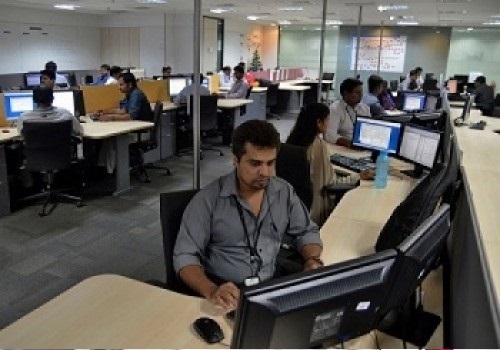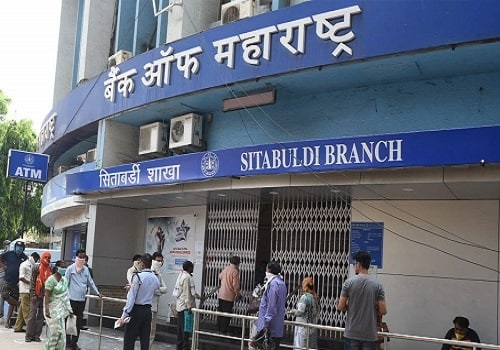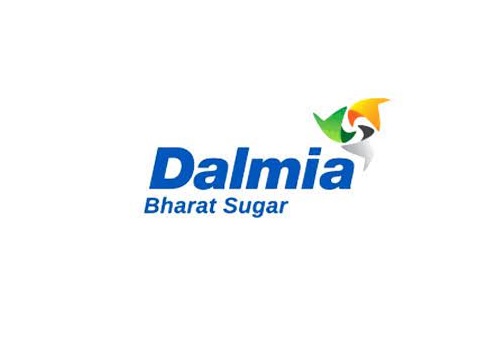Buy Jindal Stainless Ltd For Target Rs.230 - ICICI Securities

Follow us Now on Telegram ! Get daily 10 - 12 important updates on Business, Finance and Investment. Join our Telegram Channel
On steady track
We hosted the management of Jindal Stainless (JSL). Management clarified the company’s product level strategy underlining the resurgence in demand that the 400 series sees in India. Expansion from 1.9mtpa to 2.9mtpa stays on track. Existing capacity will lead to 15-20% volume growth in FY22. Management pointed at its continued focus on deleveraging and guided for start of dividend payout as merger between JSL and Jindal Stainless (Hissar) (JSHL) concludes, likely in the near term. Maintain BUY with a target price of Rs230/share.
* Flexibility in production plan. JSL highlighted the potential flexibility it enjoys in production planning. It can change the product profile in 30-45 days based on demand. JSL currently has >120 products in its portfolio. Management highlighted the 400 series as the one where cost advantage lies. There is hardly any import seen in 400 series in India while it enjoys strongest incremental demand (vis-à-vis 200/300 series). JSL remains among the very few companies globally to use liquid ferrochrome, which adds to cost advantage in manufacturing the 400 series.
* On-time and in-budget completion of brownfield expansion. Equipment ordering has been made to two large suppliers from Europe with similar design configurations. The suppliers have committed to the timeline and no large civil or structural work is required at their end.
* Post the ongoing expansion (1.9mtpa to 2.9mtpa), scope of further brownfield expansion seems limited. Focus on Hissar stays on value-addition. Blade steel has 80% market share and JSL is the largest supplier for Gillette worldwide. Coin blanks are being supplied to mints in India as well as globally. Hissar plant covers an area of 300 acres with 0.8mtpa while Jajpur plant is spread across 800 acres and had similar capacity till Nov’19. JSL invested Rs400mn in Jajpur to debottleneck it to 1.1mtpa.
* Competition scenario and status of Chromeni steels. JSL management did not sound concerned about it as 35-40% of domestic stainless steel demand is currently being met by imports. Initial plan for an integrated stainless steel plant (by Chromeni) has not come to fruition as yet, and may take some more time if it tries to pursue it. Large mines of nickel initially allowed Chromeni to source the metal at competitive prices, which now seems to have stopped.
* JSL looking towards a prudent margin-driven product mix; expects higher 400 series demand in India. 200/300 series previously contributed > 50% of Indian stainless steel demand. The 400 series caters to mostly newer applications as in railway and auto sectors. JSL looks to expand the Indian market for 400 series given the new consumption pattern (railway coaches’ outer bodies, auto exhaust systems, road over bridges in railways). But the company remains on lookout for better margins – in the 300 series it is eyeing export opportunities while trying to push the 400 series in domestic industry.
* JSL looking towards a prudent margin-driven product mix; expects higher 400 series demand in India (cont’d). Also, lower prices in the 400 series (compared to 300) is also encouraging the current shift from steel to stainless steel – lifecycle of 400 series being ~5x that of steel. Also, higher production of 400 series does not change the EBITDA/te for JSL given the converter nature of operations. 400 series also does not face imports from China/Indonesia. Majority of the current usage of 400 series is in to the approval-based applications, i.e. auto, where supplies come from Japan, Korea, Europe, etc.
* Capacity utilisation will increase in FY22E, before incremental volumes start flowing in from the expansion a year later. Hisar is running at 85- 90% utilisation. Jajpur utilisation was >100% in FY19, prior to the debottlenecking capex. Management has guided for 15-20% higher volumes for FY22. Once the Jajpur plant (JSL) is stabilised (post ongoing expansion), utilisation can be >90%.
* Exporting residual volumes. Germany is the top export market for JSL. Its pricing in Germany is similar to that of European peers. The subsidiary based out of Spain caters to European geographies (Europe, US and Russia are its three large export markets). Management highlighted that 15-20% of production will be exported depending on the margins.
* Capital allocation as JSL journeys towards becoming a net debt-free entity. Capex for JSL and JSHL put together is Rs26bn. FY22/FY23 combined capex is Rs11bn each year. Most spending is expected from internal accruals. Scheduled repayments FY22 and FY23 are Rs700mn and Rs1,500mn respectively. JSL is also thinking of dividend payout post the merger. Existing share pledges are collateral for existing loans (terms and working capital debt) as a result of CDR, which the company exited in FY18.
* Future of JUSL and Jindal Coke. Of the four entities created out of asset monetisation plan, JSL and JSHL are being merged while JUSL and Jindal Coke will remain independent with JSL holding 26% stake in each. There are no specific synergies to be captured via the merger as both JSL and JSHL have been largely self-sustaining.
Valuations and key risks
We maintain BUY on Jindal Stainless (JSL) with a target price of Rs230/share. We value it at 1.8x FY24E P/B, with an implied EV/EBITDA of 5x. The P/B multiple is reflective of long-term through cycle RoE of 20%. Corresponding FY22E multiples are 2.2x P/B and 7.1x /EBITDA.
To Read Complete Report & Disclaimer Click Here
For More ICICI Securities Disclaimer https://www.icicisecurities.com/AboutUs.aspx?About=7
Above views are of the author and not of the website kindly read disclaimer












 320-x-100_uti_gold.jpg" alt="Advertisement">
320-x-100_uti_gold.jpg" alt="Advertisement">












